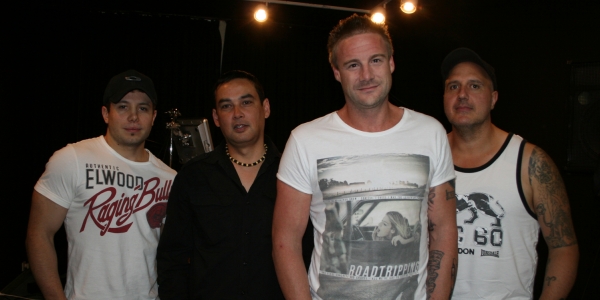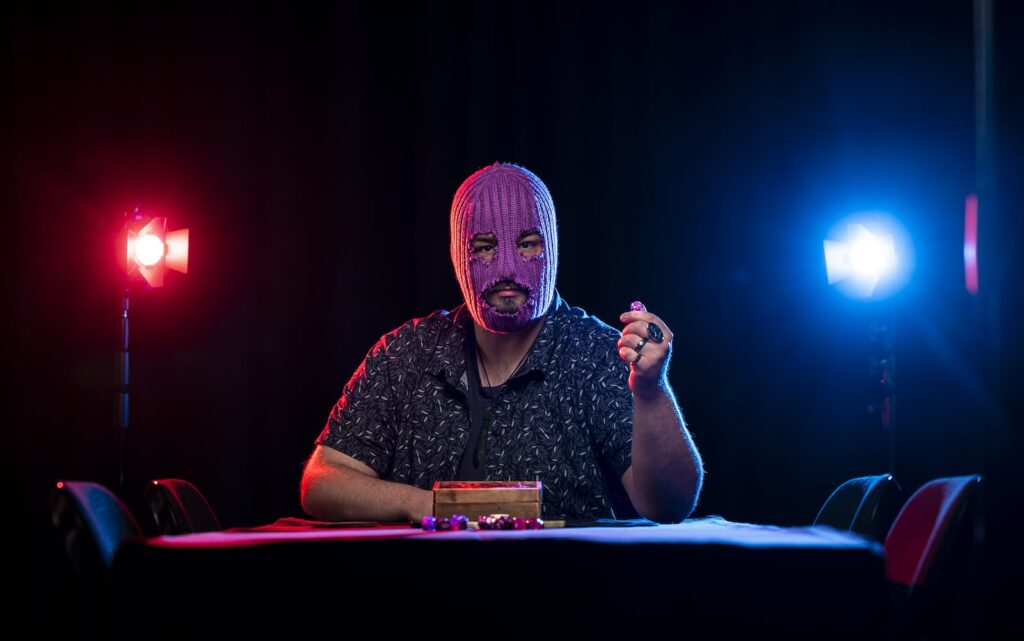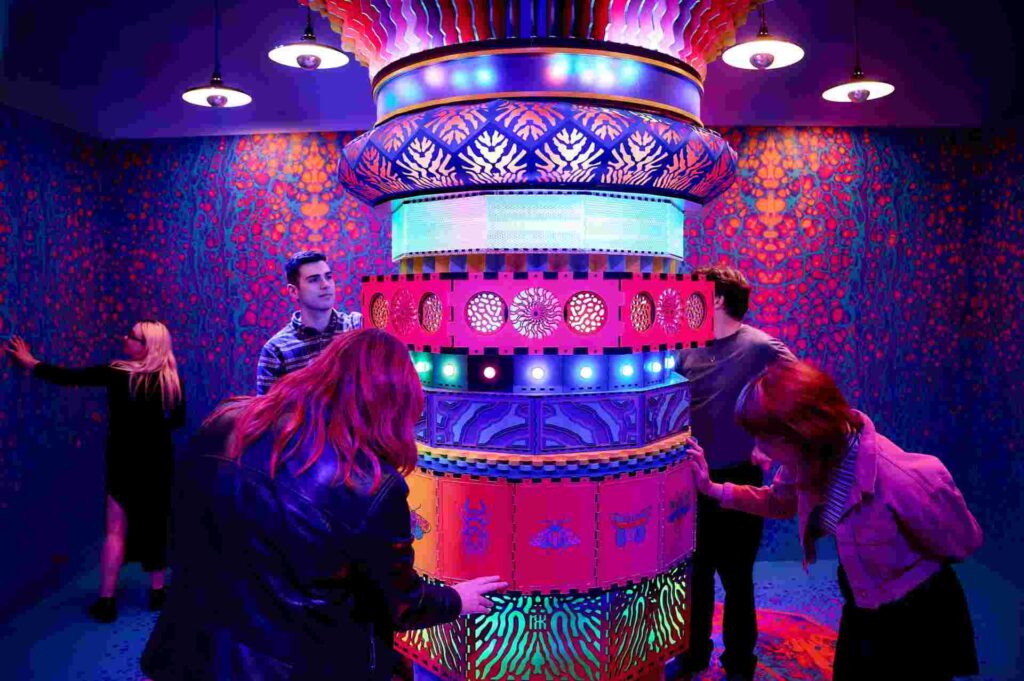Heydon worked closely with Welsh in adapting the short story to the screen, and the two radically altered the narrative of the original in adapting the story for a mainstream audience. Given the success of its predecessor Trainspotting, did Heydon find himself intimidated by the prospect of approaching this movie, I ask? “Yes and no – there’s an interview we posted on Vimeo where Irvine Welsh talks about the first twenty minutes of the film almost being like a nod to the style of Trainspotting, and that was something we deliberately did. But once the love story takes off, it’s a totally different film. There’s not just one film that’s a clear influence, but yes, Trainspotting, stylistically, is one because of the way the authentic voice of Welsh shines through. We had to address that in a certain way, and so as soon as the love story happens, it totally changes style. We hope that people will connect with that. Trainspotting was set against the backdrop of the eighties during Thatcher in the UK, and heroin, and this is a love story set against the backdrop of ecstasy.”
Heydon’s background in filmmaking includes an extensive history in working with some of dance music’s luminaries, and when we talk about his background in working with labels such as Plus 8 and Ninja Tunes, I put it to him that this background in working in music videos lends Ecstasy a unique perspective, and he agrees. “I think with music videos young artists can really explore filmmaking techniques, tell stories and create artistic pieces to tell stories visually with music to evoke emotion, he muses. “I learned a lot of filmmaking and how to put larger than the production budget’s value on screen. And then I started working with bigger record companies, and it got to the point where we were booked for big-budget music videos and these executives were not about the concept at all. What’s the artist gonna wear? What’s the hair gonna be like… which made me want to get back to doing independent music videos. I started doing videos for DJs at Ninja Tune, like DJ Vadim and the Herbaliser and then John Digweed and other dance music artists – Richie Hawtin and so on. They gave me a lot more artistic freedom… In my mid-twenties I started DJing and throwing parties as well, I was very much involved in many aspects of dance music scene – from DJing events and making music videos – big fan. I love working with artists that take pride in their work, but know when to get other artists involved and give them some artistic license.”
Heydon hasn’t quite let go of his fondness for the heydays of dance music’s emergence in the late eighties and nineties, and regales me with tales from early days of clubbing in New York. Putting together the soundtrack for the film was another way of expressing this love – moments where pulsing dancefloors occupied by Lloyd and Heather, friends and enemies, moving to the sounds of John Digweed, Mark Knight, Primal Scream and plenty more feels like a tribute to the hedonistic lifestyle of weekends in clubs. “The music is central to the storytelling to the extent where it’s almost an extra character,” he says. “It’s used to heighten emotions and also to tell a story in a very deliberate way.” On the limited budget that Ecstasy was made, licensing tracks became an exercise in calling in favours from old friends and colleagues. “To be able to work with these artists on the soundtrack was such an honour and privilege – the whole team were excited about who was getting involved – Tiesto, Primal Scream and so on. The rest of the team were really excited when they heard about who was getting on board, and so was I!”
The vivid highs and crashing lows of using and abusing empathogenic substances, and its effects on the perception of reality and ability to form relationships is brought out in vivid, unreal detail during the film. The intensely immersive and visceral nature of Ecstasy is possibly the best example so far of Heydon’s talents as a versatile and forward-thinking director. “The concept from the start was not to make a classic Hollywood film, stylistically amazing to watch – what we wanted was use filmmaking techniques that shot are in ways like late fifties, late sixties cult-cinema – documentary filmmaking styles like handheld cameras, longer takes, on-location sound and incorporate that into the narrative, of how we wanted to tell the film,” he tells me. “How do you tell that story the audience will understand what it feels like, what it looks like and what it sounds like living within the electronic dance music scene in Scotland?”
Ecstasy provides a short but utterly intoxicating account of that lifestyle – scenes in the cold light of day after spending the previous night out in the streets of the city are rendered in hazy, dreamlike manner providing moments of brief relief from the spun-out, neon-coloured glow of a handful of pills and a sweaty dancefloor. “We used time-lapse photography sped up to show what it could be like on drugs or coming down from them in the morning. We had to think of visual techniques and cinematography to accentuate the scene when they’re making love, for example, because they’re supposed to be very high at that moment, and even in the colours we chose and transferred the film and video to accentuate that further and make it almost dreamlike. These filmmaking techniques tell stories – they’re ways to connect with an audience. I hope it does so, anyway.”
BY MIKI MCLAY







